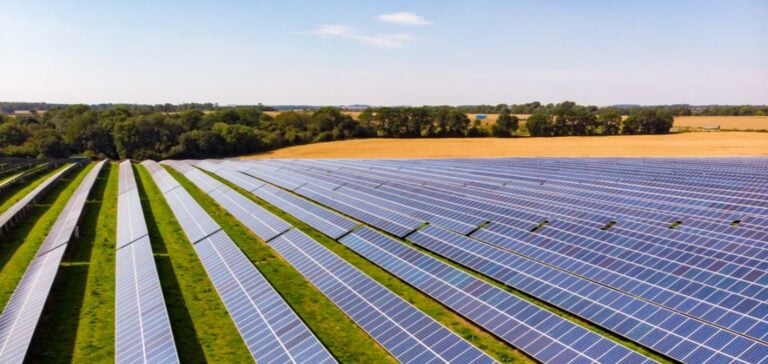CEC Renewables, a subsidiary of Copperbelt Energy Corporation (CEC), has issued a new tranche of green bonds worth $96.7 million. This operation aims to finance the second phase of construction for the Itimpi photovoltaic solar power plant in Zambia. Once completed, this phase will increase the plant’s capacity from 100 MW to 236 MW.
The funds were raised with the support of Cygnum Capital as the lead arranger, while Stanbic Bank Zambia served as the lead underwriter and bookrunner. Among the investors subscribing to this bond were reputable financial institutions, including FMO, the Dutch development bank.
A context of energy diversification
Zambia, where 83% of electricity generation relies on hydropower (according to the Ministry of Energy), faces increasing pressure to diversify its energy sources. Recent droughts have weakened the production capacity of dams, exposing the country to supply deficits.
As of 2024, Zambia’s installed energy capacity stands at 3,356.6 MW. In addition to hydropower, the energy mix includes coal (9%), heavy fuel oil (5%), and solar energy (3%). In this context, the Itimpi project represents a calculated response to market dynamics, without fundamentally altering the overall balance of the country’s energy mix.
The issuance of this green bond leverages a growing demand for green-labeled securities in financial markets, providing CEC with an opportunity to attract liquidity while meeting the preferences of specialized investors.
A pragmatic expansion strategy
The second tranche of financing follows a first bond issuance in 2023, which laid the groundwork for the Itimpi project. This phased approach reflects prudent risk management aligned with macroeconomic and climatic uncertainties affecting the region.
CEC’s Managing Director, Owen Silavwe, stated that this operation aligns with their strategic plan, without explicitly referencing environmental or social objectives. The initiative reflects a response to structural constraints within Zambia’s electricity grid rather than ideological positioning on renewable energy.
While green bonds adhere to specific criteria to earn their designation, they remain primarily a financial instrument designed to mobilize capital for identified projects. Such bonds attract diversified investors seeking stable returns in an unpredictable interest rate environment.






















